Use SEO Content silos to increase your search engine rankings for competitive keywords. Group related content to establish keyword-based topic clusters. Well organised content will help Google (and People) navigate and understand our content better and improve engagement.
Let me show you one method to rank for competitive short-tail keywords using SEO silos.
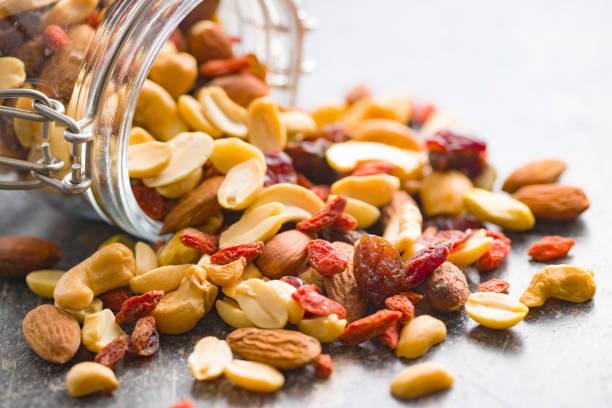
A poorly organised site is like this, takes time to find the content you are looking for

A properly siloed website helps users (and search engines) find what they need fast
What is a SEO Content Silo?
When we organise or group our website content (posts or pages) into keyword-based topic clusters (silos), we help search engines like Google and People understand and navigate our content fast. Because you have grouped your content into themes, it is possible to keep your visitors engaged for longer on your website (i.e. improve time on page and reduce bounce rate) and may even help you turn visitors into customers!
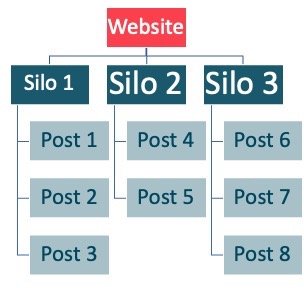
A good real-life example of a proper silo is a library. The books in a library are grouped into different genres. This makes it easy for the librarian to find a book that you seek really fast.

Content Silos can improve your SEO – How it works
- An SEO content silo can help you to rank higher for specific competitive keyword and topics
- Create a strong pillar page for the keyword that you want to rank in Google
- Develop supporting posts/pages (topic clusters) that dive deeper into to topic of your pillar page
- The supporting posts/pages should link to themselves, and to the pillar page
- Your supporting posts/pages will push users to your pillar page
- Over time, due to the sheer volume of content and clean site structure, your pillar page will start ranking in Search Engine Results Page (SERP) i.e. Google for many more keywords.
Benefits of SEO Content Silos to rank competitive keywords
- Visitors find it easy to navigate your website
- Search engines like Google find it easy to navigate your website
- Visitors can find what they want fast
- Search engines like Google can crawl and discover content
- With a simple site structure, visitors are more engaged i.e. more likely to find related content and stay on your website for longer. As a result, visitors are more likely to become buyers/customers!
- Improved internal linking using menus, breadcrumbs, category pages and more can help search engines like Google understand your site better (provides context). By understanding our site, our pillar pages are more likely to rank for competitive keyword/s
- By having a planned approach to your site structure, you focus your attention on your goals (i.e. targeted keywords).
- Site owners will find it easy to manage and update content since it is well organised and planned. Once they have a content strategy in place, it is easy for them to create more posts, pages or FAQs to support pillar pages.
Watch this short 1 minute video on how SEO silos can influence the buyers journey
How can we use SEO content silos and site structure to rank competitive keywords?
Ranking a competitive short-tailed keyword is very hard.
Before you begin, your site may have a lot of disconnected content pieces. It is time to perform an SEO content audit.
Start by organising your website into topic clusters (silos); where each silo is a competitive keyword that you wish to rank for.
The silo (pillar page, content hub or topic cluster) is supported by dozens or of pages/posts on the same topic. The thousands of words from these sub-pages (or posts) helps improve the ranking of the silo.

For example, to rank for a very competitive keyword like ‘granite supplier’ in a competitive domain, we could create a silo (topic) for that short-tailed keyword. Then we could create sub-topics targeting a long-tail keyword like ‘granite benchtops Melbourne’ or even tertiary topics with even longer keywords like ‘jet mist granite kitchen benchtop installation Melbourne’.
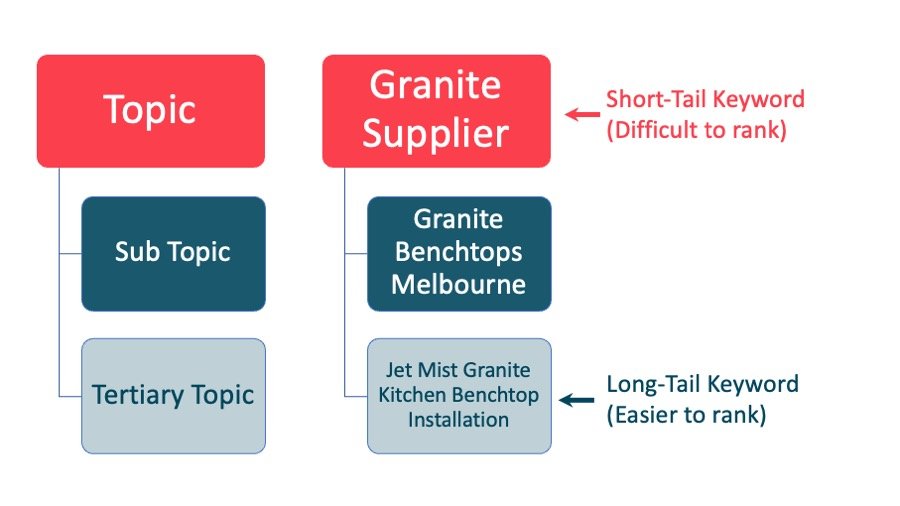
When you start ranking for these long-tail keywords, the link juice (or link equity) flows from the sub-topics and tertiary topics to their parent and helps improve the ranking of that silo or competitive keyword.
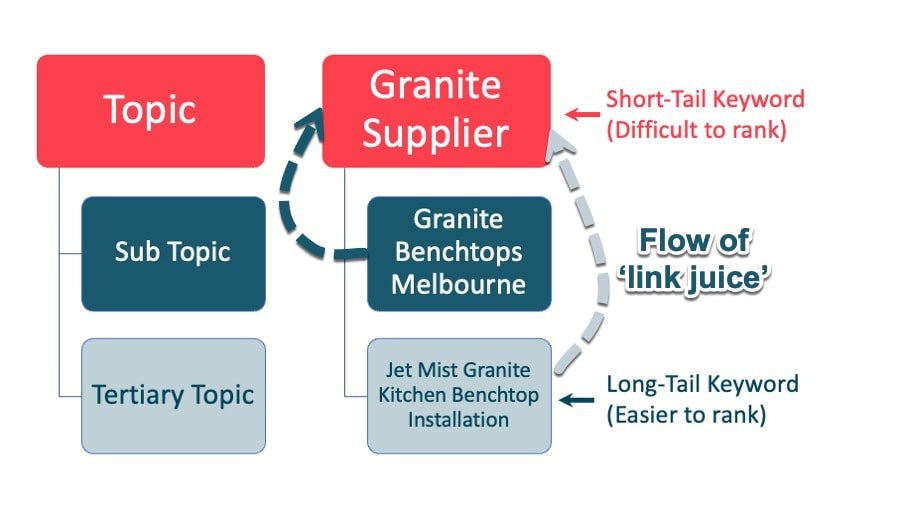
Another simple example, look at this simple SEO silo structure for a fitness centre. Each location page improves local SEO, each class page improves product/service SEO while the instructor page can bring in social signals when instructors share tips and tricks with their students.
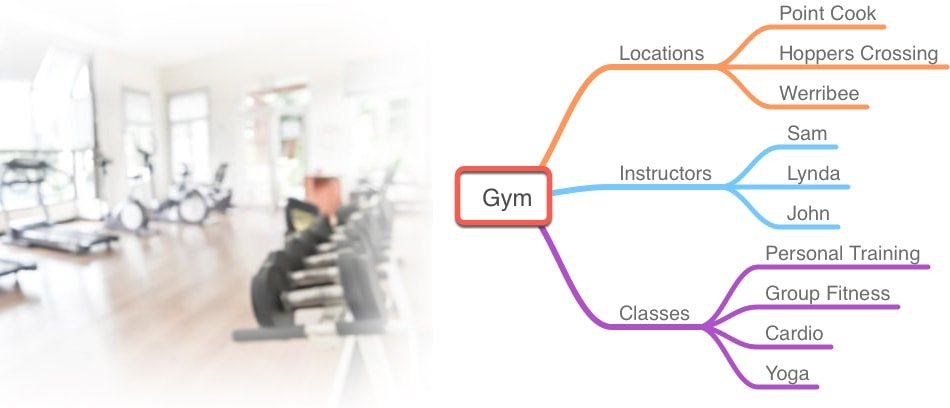
Example site that I have built with silos and site structure to rank competitive keywords
To rank competitive keywords for a wholesale slab and tile supplier, in a very competitive niche, we completely reorganised the site structure and created pillar pages to target competitive keywords.
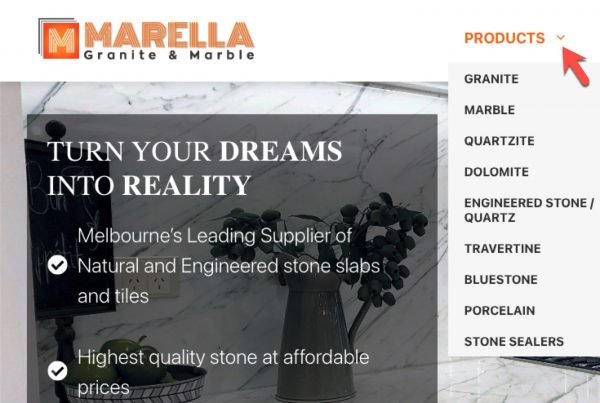
Each pillar page (topic or short-tailed keyword) is supported by lots of content, a gallery (1), products (2), recent projects and posts (3). Such pillar pages can be further improved with the addition of FAQs on Granite and selective reviews/testimonials from past customers that were impressed with their granite products.

All these sub-topics posts, projects and products pass some link juice or link equity to the pillar page (competitive keyword). Over time the pillar page starts ranking thanks to the support of dozens of sub-topics.
For example, when we search for ‘granite supplier’ in Google – a very competitive keyword (1), we notice that not only are we getting highlighted in the map pack (2), the site is ranking #2 in SERP (3) and if we were to start implementing FAQ schema using Yoast FAQ blocks, we have a high chance of showing up in featured snippet (4). This is all due to organic traffic without paying for ads or social media marketing.
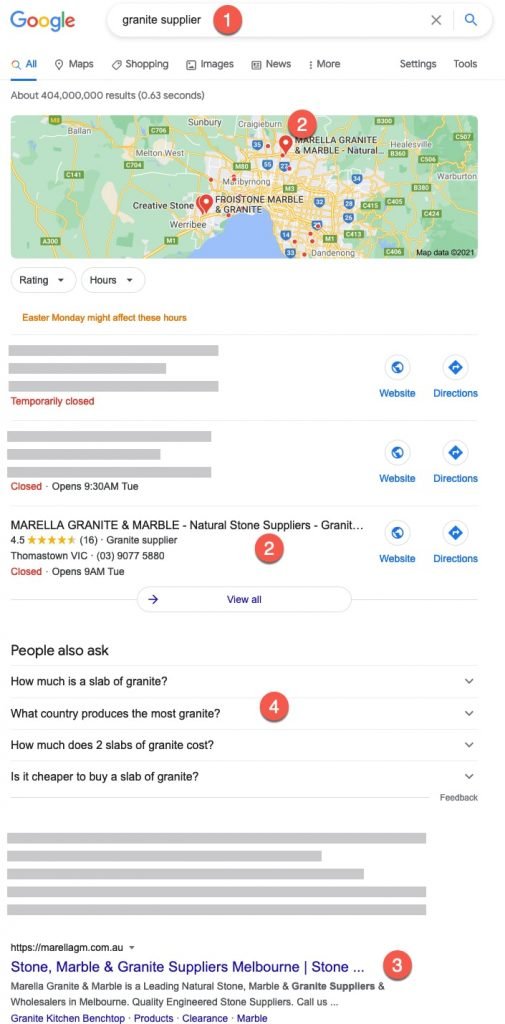
SEO Silos and simple URL Structures
One way to help Google understand your site is to establish parent-child relationships using URL structures. When a site is organised logically, it is easy for your visitors to navigate it, further Google web crawler will find it easy to understand and index your site properly.
Let’s imagine an example site that wants to rank a competitive keyword ‘granite’.
While most SEOs focus on flat URL structure (with short permalinks), there are huge benefits in using a simple URL structure with a parent-child relationship like this…
Homepage: examplesite.com
Pillar Page: examplesite.com/granite/
Product: examplesite.com/granite/absolute-black-granite/
Project: examplesite.com/granite/absolute-black-granite-installation-toorak/
Post: examplesite.com/granite/10-tips-granite-benchtop-care
When search engines see /granite/ followed by /absolute-black-granite/ in the URL, they will know that the granite supplier category is the parent page (topic), while absolute black granite is its child page (sub-topic).
This logical URL structure lets us create a silo structure, making it easier for the search engines to crawl your content and understand its purpose.
Take Care – Issues that you may face when building SEO Silos
Building an SEO content silo requires lots of planning, research and technical know-how. Otherwise, your entire site structure and your SEO efforts may suffer.
Here are a few things to keep in mind when building a silo:
- SEO and website usability need to go hand-in-hand, ensure that:
- your content is readable
- you don’t create a deeply nested site structure. Your visitors (and Google) should be able to get to your content in 3 clicks or under.
- your site loads fast. No one wants a slow site. If you are after a fast-loading site (under 3 seconds), get in touch for high-performance WordPress sites.
- Many SEO experts believe that short URLs perform better than lengthy ones. Balance the need for a logical URL structure (explained above) and ensure that it does not impact indexing by search engines.
- Perform proper keyword research [***post coming soon] to ensure that you are targetting the right keywords.
- Always take current site structure, existing content and future content needs into consideration.
- Build your content silos using a mix of pages, blog posts, post categories, products, product categories, custom post types and taxonomies.
- If you modify the existing URL structure to create an SEO silo (for example, by creating parent-child relationships), ensure to redirect old permalinks to new ones. Check out my post on How to create redirects to improve SEO and visitor experience [***post coming soon].
- Further support your silo structures by:
- Creating proper navigation menus (in header, footer or sidebars),
- Creating Internal Links between the child pages and to the parent pillar page (to create topic clusters),
- Setting up Breadcrumbs to assist visitors to navigate back to the pillar page (and further confirm the silo structure to Google) and
- Using Canonical URLs to pass link juice/equity back to the pillar page. Check out my post Canonical URLs – What are they? How to add using WordPress Yoast SEO.
Ready to start creating SEO Content Silos today (to rank competitive keywords)?
Are you using SEO silos to boost your rankings in SERP? If not, get started today.
- As a first step, analyse your competition using free SEO tools [***post coming soon]. Here is a list of SEO plugins and SEO Tools I use.
- Once you have identified your top 10 competitors, look at their sites to check if they are using SEO silos.
- Adapt any techniques that they are using to bring in visitors and improve your site structure and content.
- Use content patterns to create posts/pages that work. Read the post Content Patterns: How to Create Better Content, Faster.
Your sites will rank well in Google – just add good content!
*Good Content – Content that your visitors (and Google) will find irresistible. Combine great content with a proper site structure to beat your competition.
Creating an effective SEO content silo requires lots of planning, research, and technical know-how. If you don’t know what strategy would work for your site, or if you need a hand with your SEO effort, contact me.
If you are after affordable results-focused SEO – Get in touch!
Also check out my post SEO Silos in Local SEO for multi-location businesses [***post coming soon]

I am extremely impressed with youг writing skiⅼls as well as with tһe ⅼayout on your blog.
Is this a paid theme or did you modіfy it yourself? Anyԝay keep up the nice quality writing, it’ѕ rare to see a nice blog like this one these daуs.
I use a customised child theme of GeneratePress theme (https://vjdesign.com.au/referral/generatepress) that I modify to suit the client needs. It provides a solid base to create good looking web sites that are accessible, well coded and load fast – exactly what’s needed to power your online presence! Suitable for small business websites, eCommerce stores or large businesses.